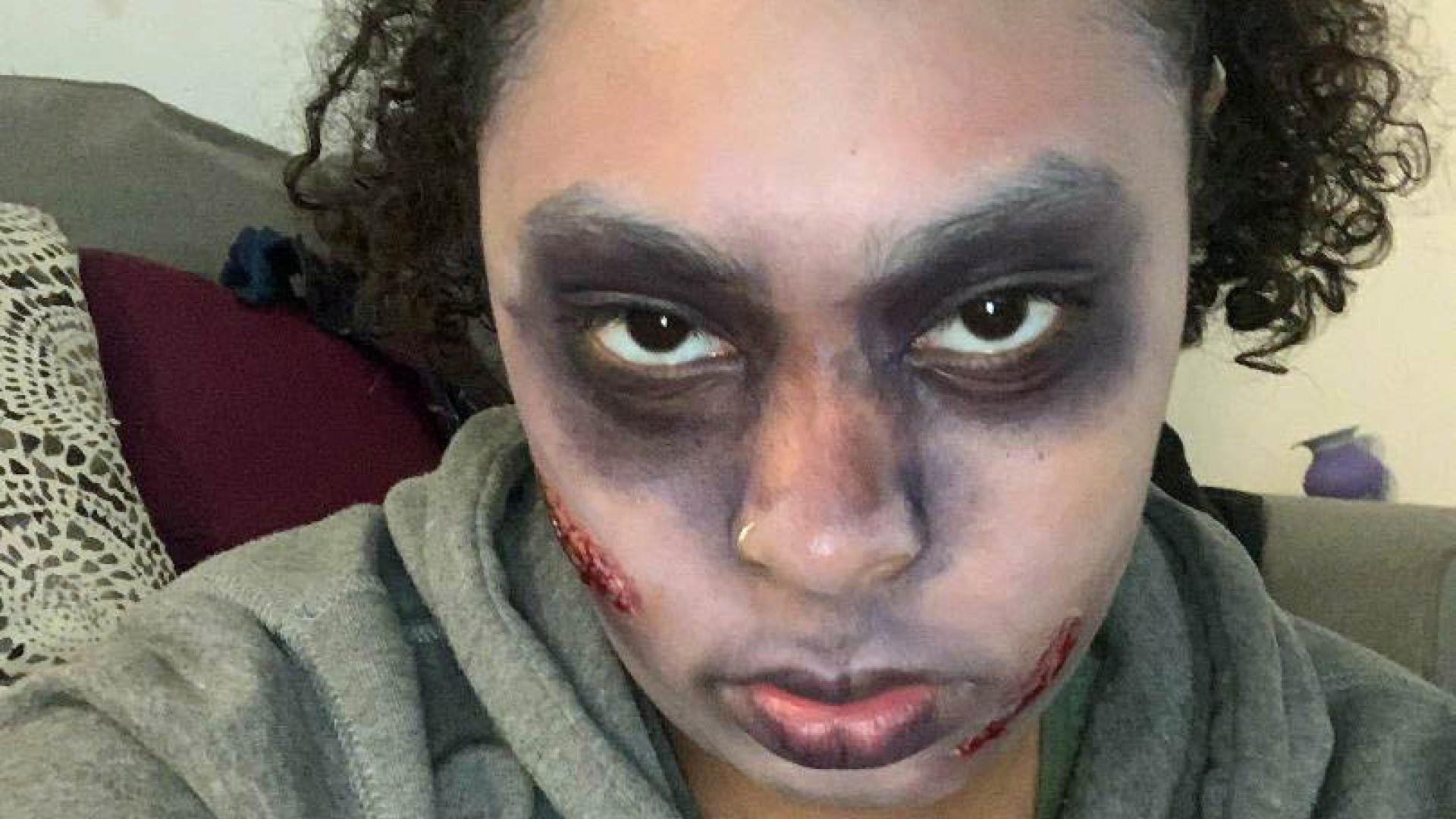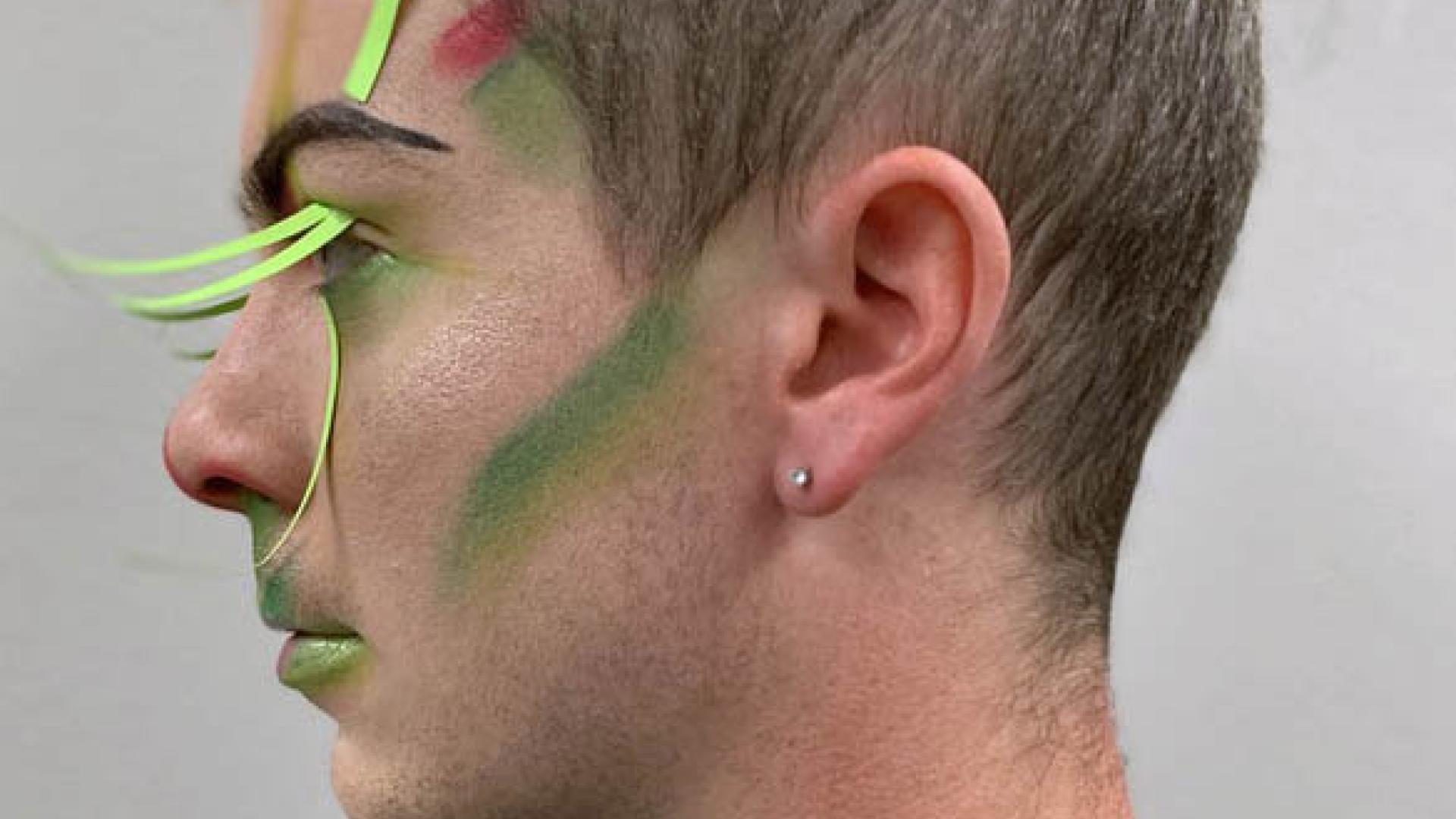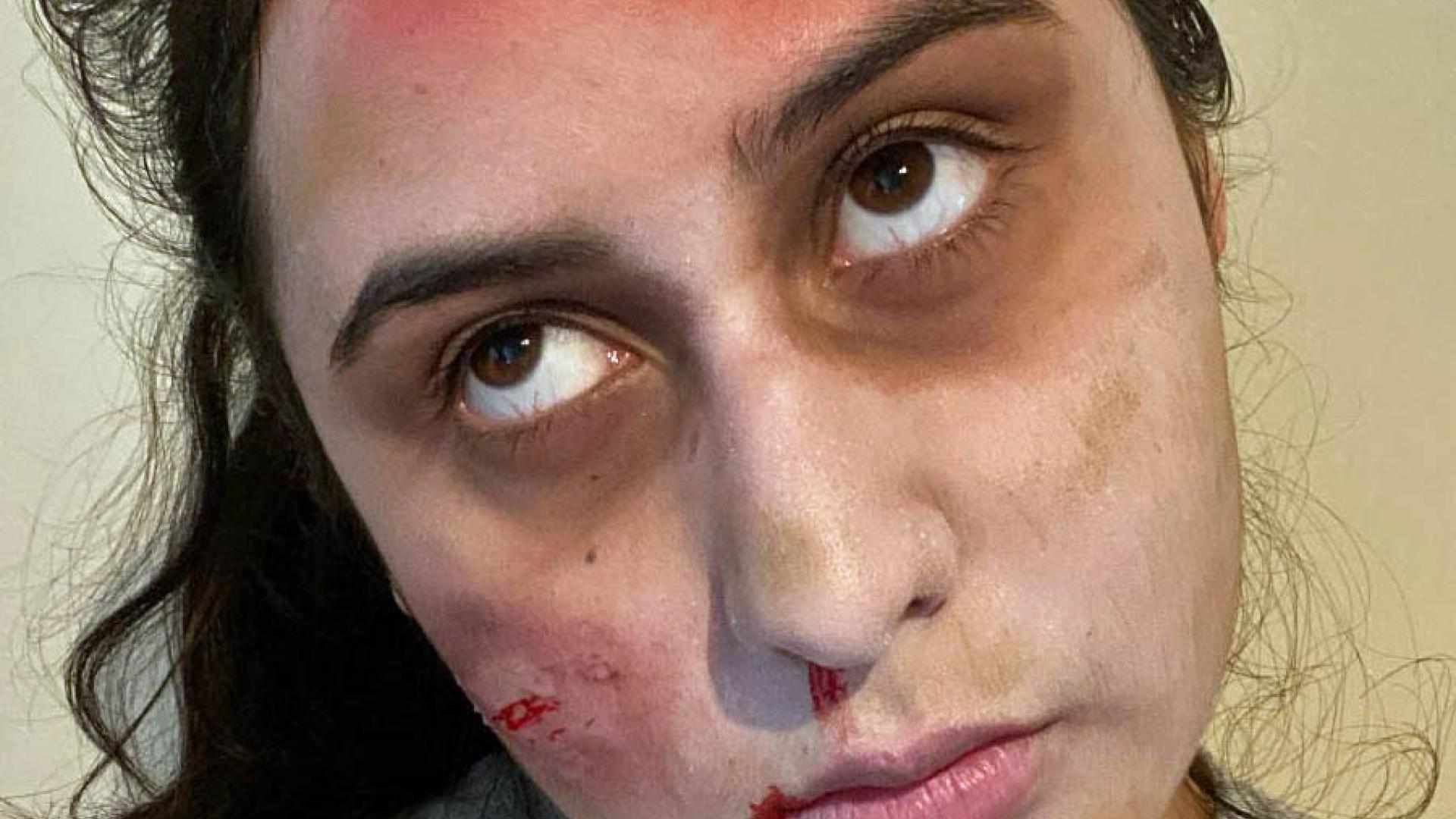COTA professors find creative ways to keep students engaged
Rebecca Lemme needed to get off her couch. She had to move and what better way than to resume dancing? An assistant professor in the Department of Dance, Lemme figured her ballet students were feeling the same.
So, she recorded a ballet class on Zoom that they could do in their homes at any time in their sweats, improvising door jambs for barres, and performing minimal combination movements that didn’t require wide open spaces. No pirouettes or tights needed.
“I didn’t want them to have to wait until classes officially resumed, so I decided to record a ballet barre that they could do in their homes with limited space on their own schedule,” Lemme said.
Lemme is among several professors in the College of the Arts who are learning the art of improvisation, teaching in creative ways while their students are away from the stage, off camera and out from under bright lights.
David Waldman, a professional cinematographer and instructor for the Film and Electronic Arts Department, teaches a class on texture and surface reflectance using professional grade equipment on campus.
Yet, with students studying from a distance, he instructed them that they had to make do with what they could find at home, more precise, the trash can.

And they had to shoot the photos with their smart phones, not a fancy camera. He provided examples, using his cell phone and items from his trash.
“They had to improvise using the one thing they had in their pocket and the stuff around the house,” Waldman said. “I didn’t care what they were, they just had to find two things to show surface texture.”
Waldman expected some push back from his 22 students, arguing they couldn’t complete the assignment without fancy gear. “No one blew off the assignment,” he said.
The kinds of improvisations art professors have achieved didn’t surprise interim Dean Margaret Black despite the challenges.
“It’s hard to teach print-making without a press or conduct 100 choir students over Zoom,” Black said in a teleconference call for students with Provost Brian Jersky.
“But our faculty have been incredibly inventive and they’re remarkable. They have really had to move mountains,” Black said. “They care so much about their students and they took on this challenge and they’ve made it work.
“It’s just incredibly awe-inspiring.”
Theatrical makeup, from clowns to zombies to animated characters, normally isn’t done under florescent bathroom lights. However, when the students in Gayle Baizer’s Special Applications in Theatrical Makeup class had to complete an assignment, they turned on their imaginations.
The result was worthy of any performer.
Baizer said she was dreading the transition from in-person to alternative learning, but excited to try new techniques. One of them was Zoom. The teleconference platform allowed her to see her students’ makeup skills up close.
“As soon as I realized what was probably coming (distance learning), I quickly taught any, and all, additional skill sets needed for my classes to better prepare them to work at home online,” Baizer said.
Baizer also encouraged them to take home their supplies. All complied except two students. She said one student improvised with less-than-stage-quality makeup.
“Within the span of three classes, my students were at ease (showing their work online) and realized they could be just as incredibly creative as always,” Baizer said.
Her biggest challenge, she said, was making corrections on Zoom. Checking foundation and lip color could be challenge on a computer screen. But even that challenge proved to be temporary.
“It’s a little more difficult online but they are doing so well, corrections seem to be a thing of the past,” Baizer said.
Lighting photos below taken by: Cabbage -- David Waldman; Smoke Skull -- Aura Rico; Orange -- Zoe Thomson; Diamond Skull -- Shruthi Anand; Ring -- Suri Rosete














